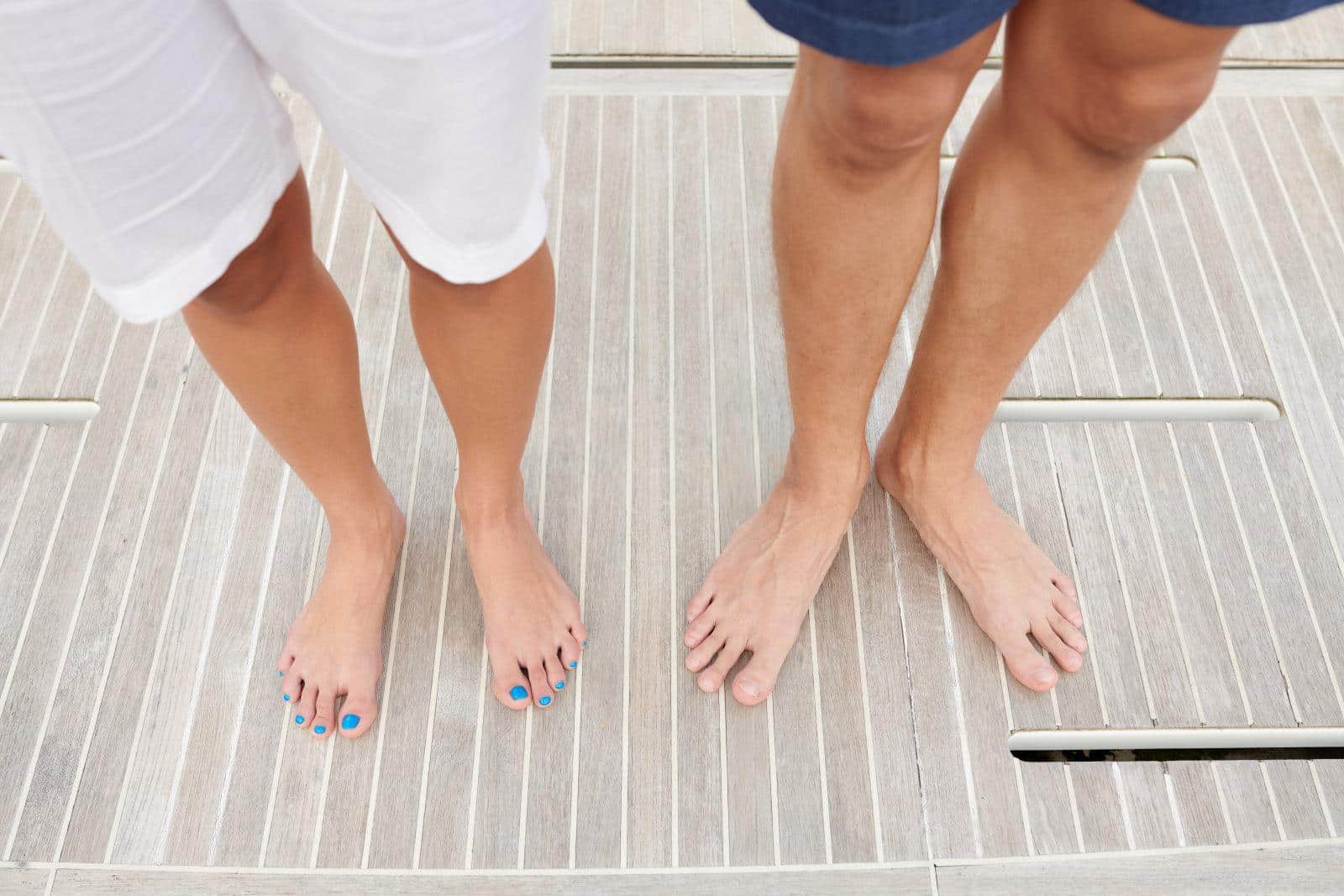How to Clean Foam Boat Flooring
Foam boat flooring, commonly known as EVA (ethylene-vinyl acetate) decking, has become increasingly popular among boat owners due to its durability, non-skid surface, and comfortable underfoot feel. However, proper maintenance and cleaning are crucial to ensure the longevity and aesthetic appeal of your foam flooring. In this comprehensive guide, we’ll explore the best practices for cleaning foam boat flooring, addressing various scenarios and providing expert tips to keep your decking looking its best.
Understanding the Importance of Cleaning
Cleaning your foam boat flooring serves several purposes beyond just maintaining its appearance. Regular cleaning helps to:
- Prevent Mold and Mildew Growth: Moisture, dirt, and organic matter can create an ideal environment for mold and mildew to thrive, potentially causing health issues and damaging the foam material .
- Remove Stains and Discoloration: Spills, sunscreen, fish blood, and other substances can leave unsightly stains on your decking if not addressed promptly .
- Maintain Traction: Accumulated dirt and grime can reduce the non-slip properties of the foam surface, increasing the risk of slips and falls .
- Extend the Lifespan: Proper cleaning helps to preserve the integrity of the foam material, preventing premature degradation and ensuring a longer lifespan for your investment .
General Cleaning Procedures
Before diving into specific cleaning scenarios, let’s cover the general cleaning procedures recommended by most manufacturers:
- Vacuum or Sweep: Start by removing loose dirt, debris, and sand from the surface using a vacuum cleaner or a soft-bristle broom .
- Rinse with Water: Lightly rinse the decking with clean water to remove any remaining loose particles .
- Apply Cleaner: Use a dedicated foam decking cleaner or a mild soap solution and warm water. Apply the cleaning solution directly to the surface .
- Scrub Gently: Using a medium-bristle brush or a deck brush, gently scrub the surface in a back-and-forth motion, working the cleaner into the texture .
- Rinse Thoroughly: Rinse the decking thoroughly with clean water to remove all traces of the cleaner and any remaining dirt .
- Dry the Surface: Use a clean, dry towel or chamois to wipe down the surface and ensure it’s completely dry .
It’s important to note that while some manufacturers recommend using a pressure washer for cleaning, it should be done with caution and at a low pressure setting to avoid damaging the foam material .
Tackling Tough Stains and Spills
Despite your best efforts, tough stains and spills are bound to happen on your foam boat flooring. Here are some effective techniques for tackling stubborn stains:
- Sunscreen and Lotion Stains: Apply a small amount of degreaser or diluted vinegar directly to the stain. Use your fingers to work the solution into the texture in a circular motion until the stain starts to lift .
- Fish Blood and Protein Stains: Create a solution of one part bleach to three parts water. Using a soft-bristle brush, gently scrub the stain in a circular motion until it’s removed. Rinse thoroughly with clean water .
- Rust Stains: Apply a cap full of vinegar or oxalic acid directly to the rust stain. Allow it to soak for 3-5 minutes, then use latex or nitrile gloves to massage the solution into the texture. Rinse thoroughly and repeat if necessary.
- Oil and Grease Stains: Apply a degreaser or dish soap directly to the stain. Let it sit for a few minutes to penetrate the stain, then scrub gently with a brush and rinse .
Remember, it’s always best to address stains and spills as soon as possible, as they become more difficult to remove the longer they sit.
Maintaining a Clean and Mold-Free Environment
Preventing mold and mildew growth is crucial for maintaining a healthy and visually appealing boat interior. Here are some tips to keep your foam boat flooring mold-free:
- Address Leaks Promptly: Leaks are a primary cause of mold growth on boats. Identify and repair any leaks as soon as possible to prevent moisture buildup .
- Improve Ventilation: Proper ventilation is key to reducing humidity and preventing mold growth. Open hatches, ports, and windows when possible, and consider installing fans or dehumidifiers .
- Use Mold-Resistant Products: When cleaning, opt for products specifically formulated to inhibit mold and mildew growth, such as vinegar-based solutions or hydrogen peroxide .
- Dry Thoroughly After Cleaning: Ensure that your foam decking is completely dry after cleaning to prevent moisture buildup and mold growth .
- Store Properly: If storing your boat for an extended period, ensure that the interior is thoroughly cleaned and dried before closing it up. Consider using moisture-absorbing products or dehumidifiers during storage .
By following these preventive measures, you can significantly reduce the risk of mold and mildew growth on your foam boat flooring, ensuring a healthier and more enjoya


